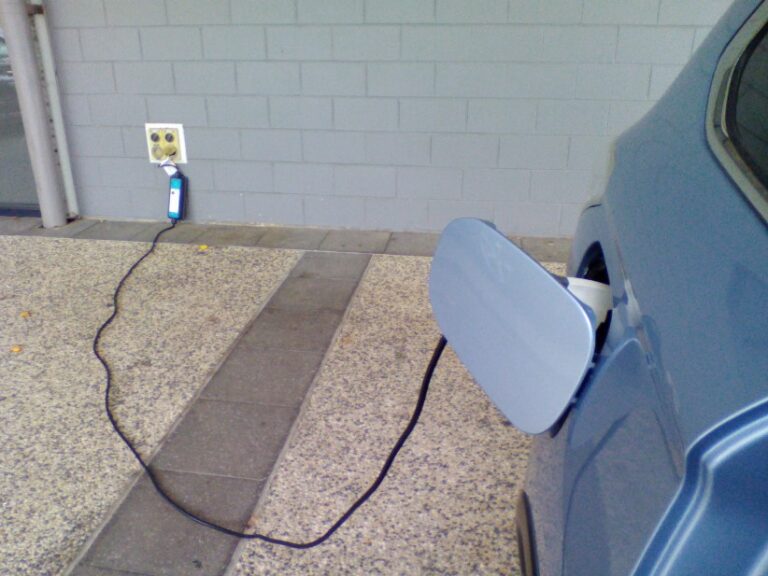This article was originally published by Smart Transport.
A joint white paper by an industry consortium has said that gathering reliable data on used electric vehicle battery life is essential for the success of the market.
The white paper, The power of signalling, by Autovista group, TWAICE and TÜV Rheinland reveals how a Battery Health Report (BHR) would support the remarketing of used battery electric vehicles (BEVs).
Besides age and mileage, the report suggests driving profile has a major impact on a battery’s life expectancy. But without documentary evidence of how a driver has treated a battery, residual value formation falls below its full potential.
Christof Engelskirchen, chief economist at Autovista Group, said: “Used-car programmes and extended warranties are already powerful signals that help address the information asymmetry between buyer and seller.
“But the BEV represents a new challenge for the market.”
Engelskirchen said how the battery is treated over the course of its eight to 10-year lifespan has a major impact on the range, and therefore, suitability for daily use. But carmakers provide no systematic transparency on battery treatment and quality.
Matthias Schubert, executive vice president of mobility at test service provider TÜV Rheinland, said long-term tests have shown that the ageing pattern of EV batteries can vary widely amongst individual cases, depending on the user profile.
He said: “An assessment of the remaining capacity and expected lifetime performance is a decisive precursor to establishing residual value.”
Predictive analyst software provider TWAICE has created a process to evaluate the remaining quality of a battery based on how it was treated.
The company creates a digital twin of a battery and simulates the impact of operating conditions, driving style, and charging behaviour.
Jonas Keil, battery engineer at TWAICE, said people underestimate the impact of battery treatment.
He said: “At the three-year point with 45,000km on the clock, a battery that has been poorly treated will perform worse on promised range by about 5% – and this gap will only increase as battery quality, once lost, cannot be recovered.”
Autovista Group has simulated that improved and verifiable battery quality, provided in the form of a BHR, can then deliver up to €450 higher remarketing results for a three-year-old used C-segment BEV in Germany.
Engelskirchen said this represents an economic value of €4.5 million for every 10,000 BEV used-car transactions.
Lennart Hinrichs, commercial director at TWAICE, said the consortium is now working on making a BHR a standard in the industry.
Hinrichs said that if BHRs can be established as an industry standard, they could help determine residual values.
He said: “This would not only give peace of mind to consumers but provide pricing clarification for the industry.”






